Q: I own the Ives train set my father had as a boy. Based on information found at the Ives Train Society website, I believe locomotive No. 3253 dates from between 1921-1923. The three passenger cars seem to match set No. 504. The overall condition of the paint and sheet metal is poor. I doubt it has much collector value.
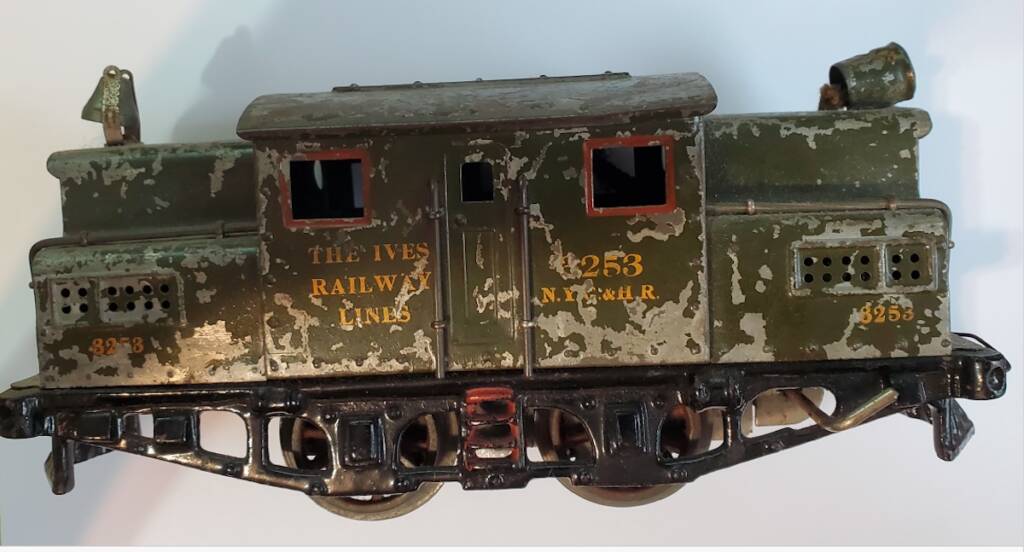
I’d like to do a basic restoration and make it run. The restoration should be reasonably close to the original, but absolute accuracy isn’t a necessity. There is enough paint left on the engine and cars that I can probably match the body colors. I haven’t been able to figure out how to replicate the lithograph decorations or the decals. I’m also unsure of the best method to straighten the bent sheet metal and restore the wheels and couplers. The locomotive has one electrical pickup missing. The transformer rattles when I shake it, so I don’t plan on using that. Many track sections are bent and most of the joiner pins are missing. Any help you can give me would be greatly appreciated. – Bill Gingerich, Winsted, Minn.
A: Your question is an intriguing one, Bill. First, I checked online auctions for an estimate of value. Make sure to check completed auctions to find what items actually sold for. From my searches, the locomotive is valued around $50 and the set is anywhere from $50-150.
It’s a smart idea to not use that transformer. You can try and find a local hobby shop that offers repair services if you’d like to fix it.
Let’s start with removing rust. In an article in the September 2005 issue, author Ira Goldfine suggests using layers of naval jelly and a fine wire brush in a motor tool. He uses pliers to straighten out bent areas and sandpaper to smooth out kinks. He prefers to fill in any dimples with solder.
For paint, Ira prefers either Krylon or Charles Woods, both of which are available in spray cans. Ed Prendeville from Train Collector’s Warehouse suggested taking the items to a paint or home-improvement store and getting the color computer matched. However, be aware that this paint will need to be diluted and applied using an airbrush.
Regarding missing parts, the Ives Train Society has several resources on its website, and I’ve also compiled a parts supplier list.
To replicate the lettering, you could try dry transfers (available from Walthers). Joe Mania from JLM Trains offers rubber stamps for some Ives passenger cars. He sells products not listed on his website, so don’t hesitate to call or email him if you need something not listed.
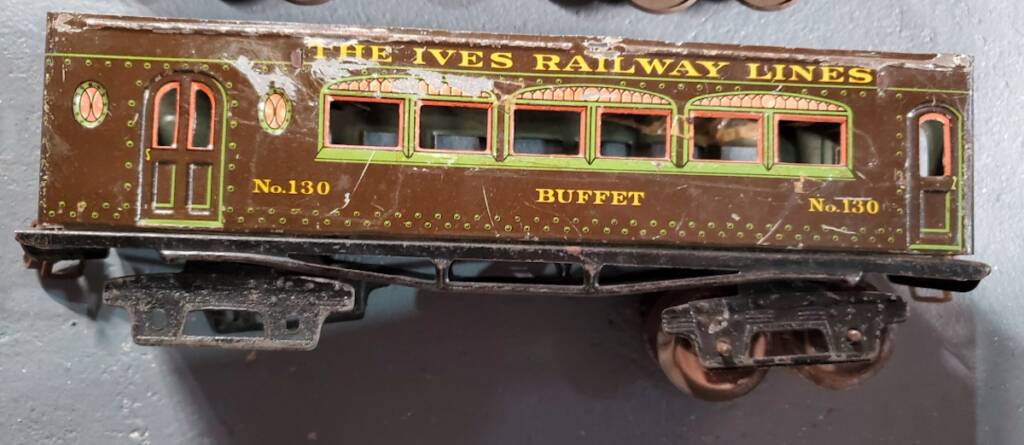
The only downside to your restoration project is that there’s no way to replicate the lithography. As CTT contributor Peter Riddle said to me in an email, “it’s a photographic printing process, not paint.” Based on the photos you sent me, you may wish to mask off the passenger car sides and leave the lithographed areas alone.
Best of luck as you tackle this project. I’ll bet it will look fabulous once it’s repaired!






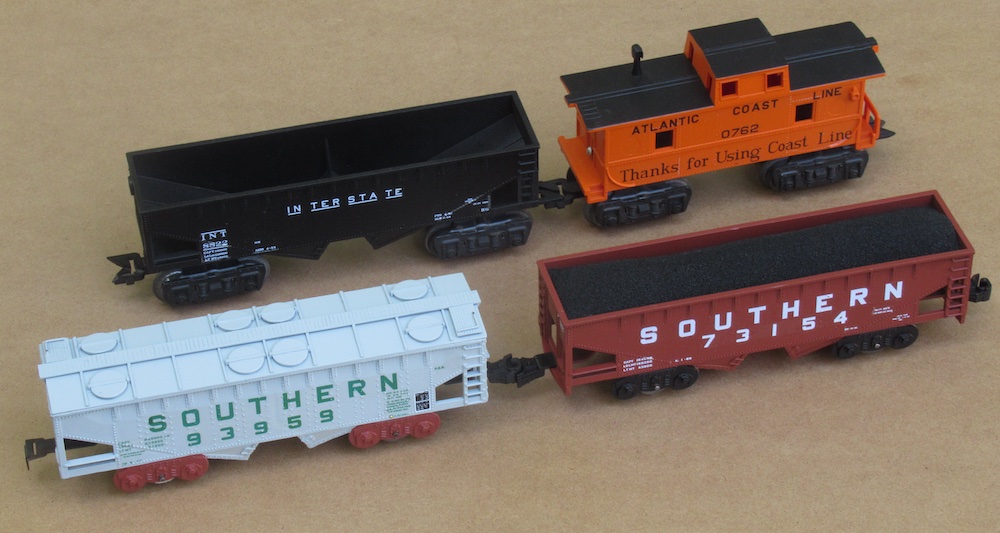
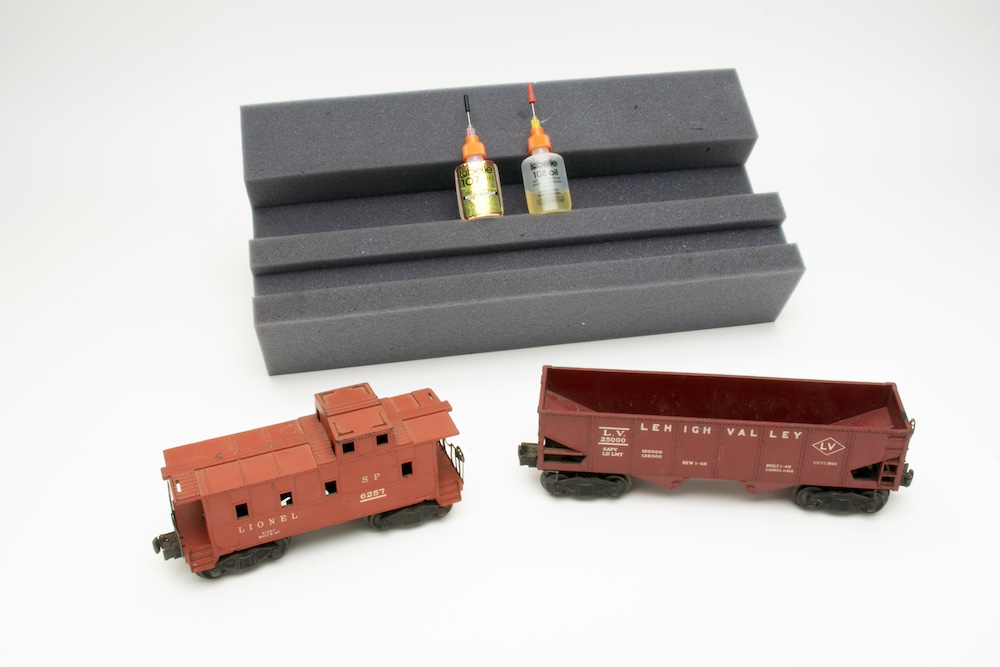
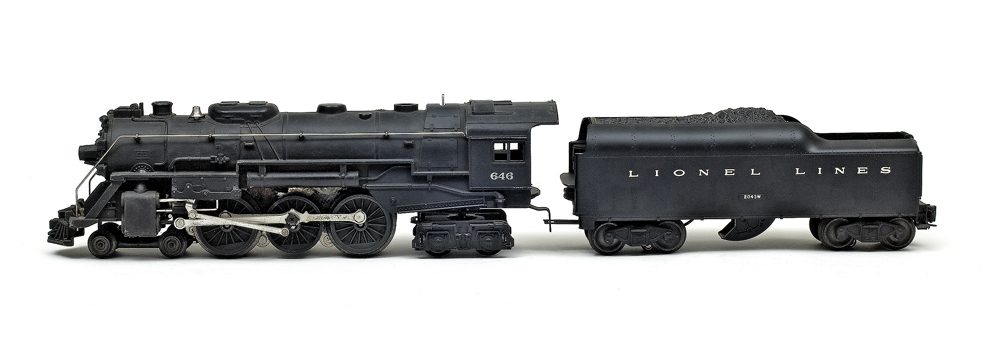
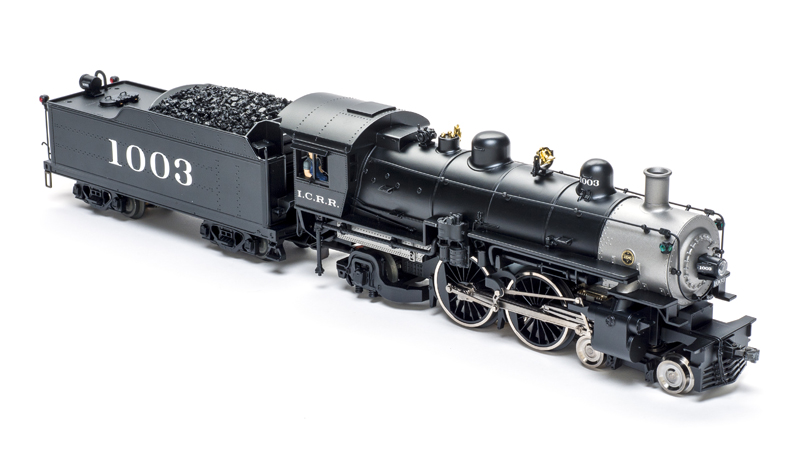
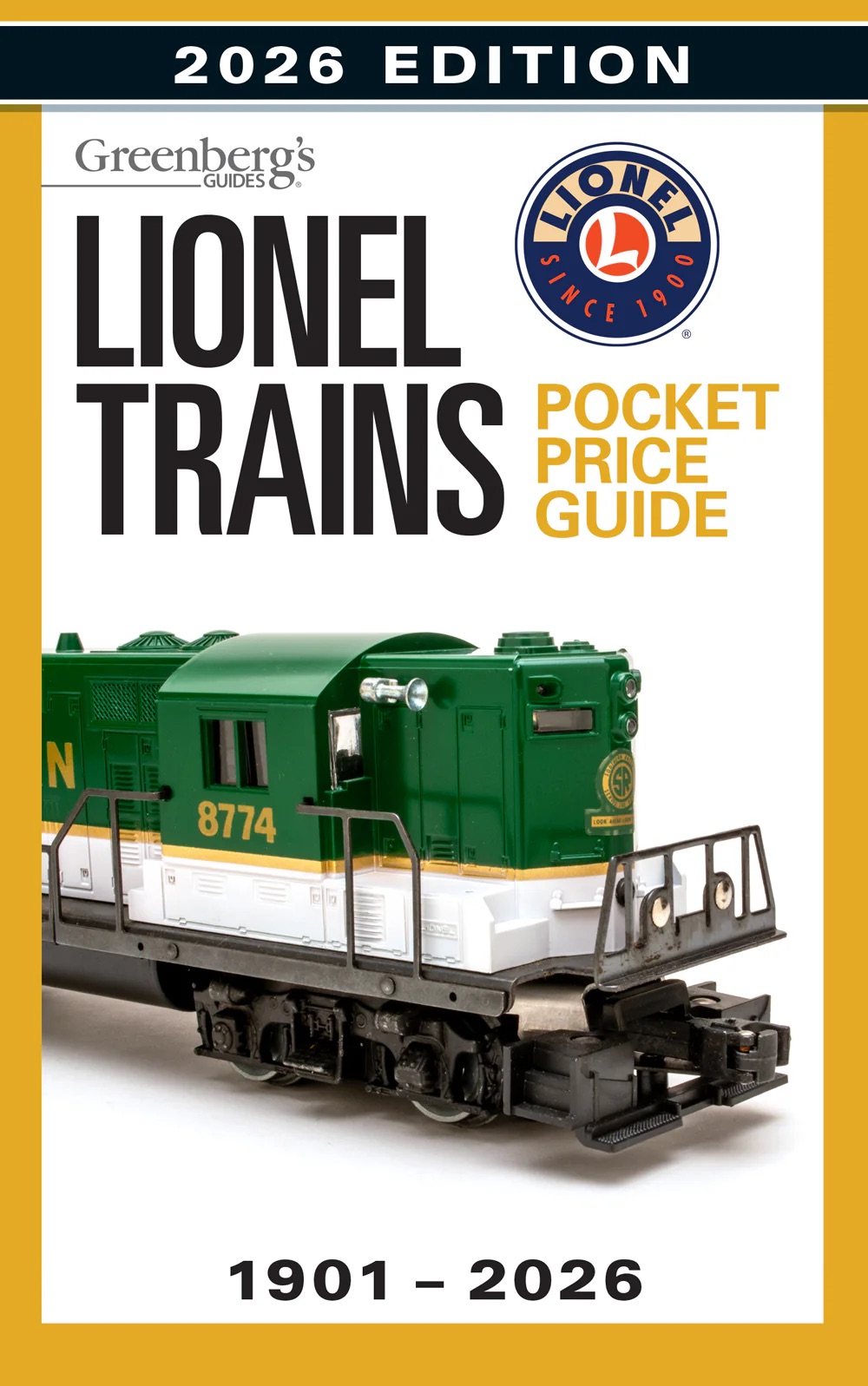
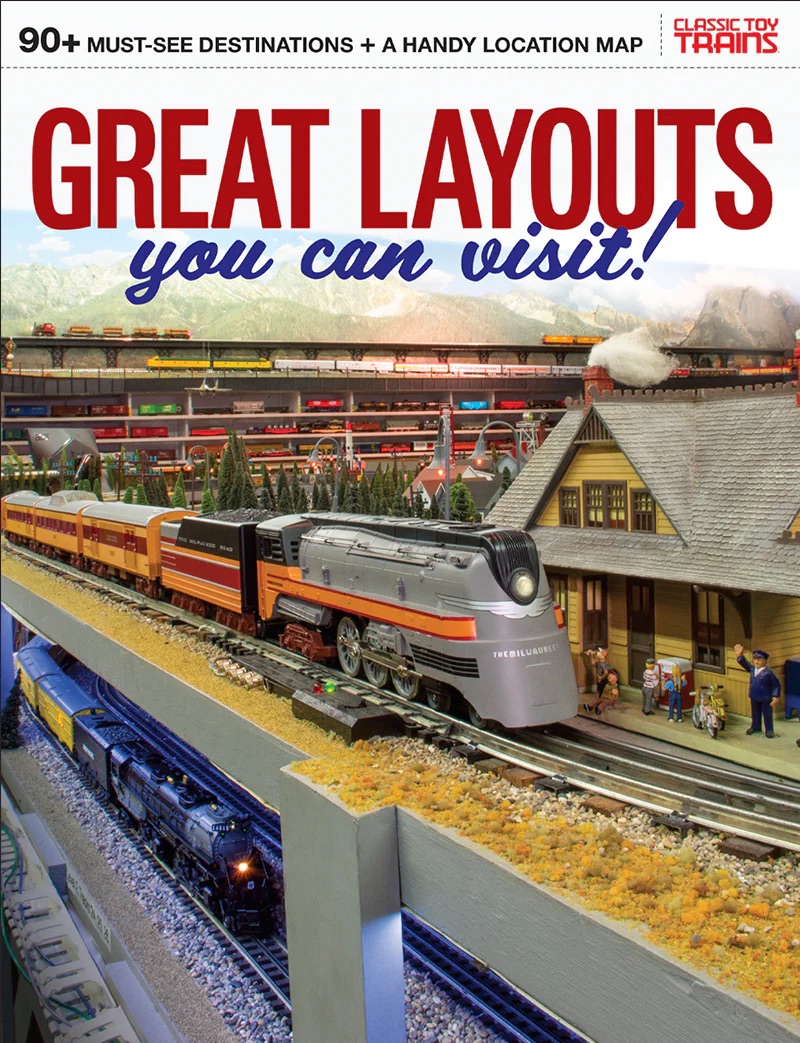
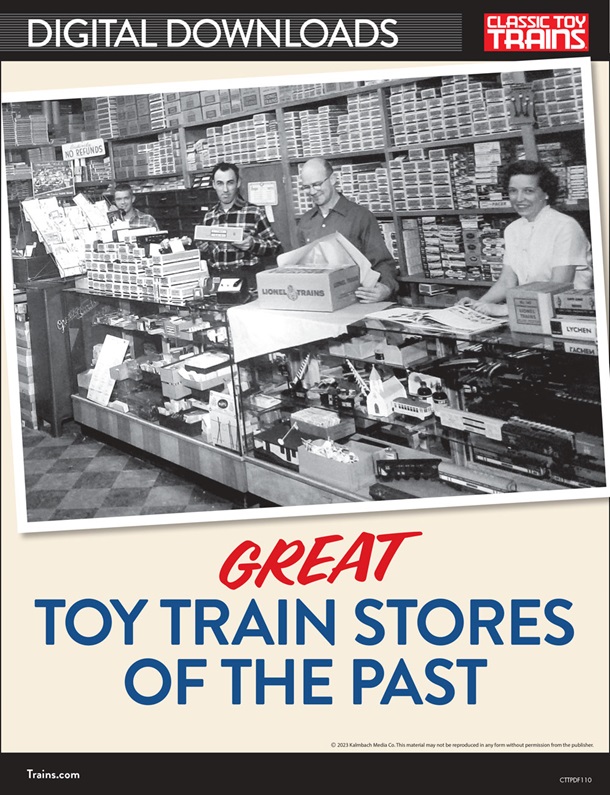

Hmm, seems like you could take a digital photo of the lithography, load the image into Photoshop, Paint, PowerPoint, or other software to do clean-up and to size (expand or shrink) it to the right size, then print the image on clear waterslide decal paper. Seal, cut, and apply the decals per the manufacturer’s instructions. A final satin or gloss coat on the whole unit would help blend and protect everything.
I get great joy by redoing old trains, Mine are mostly kit-bashed, and not really professional, but the restoration effort is so satisfying!